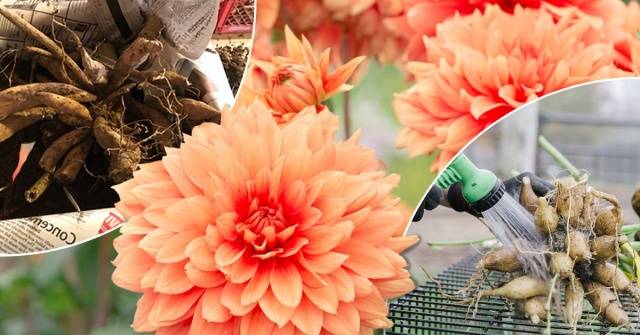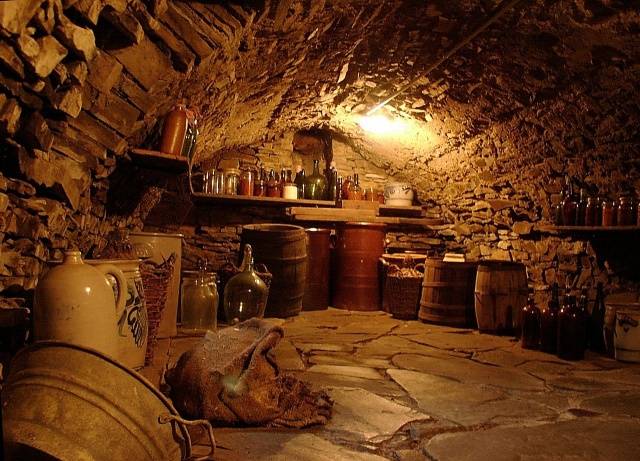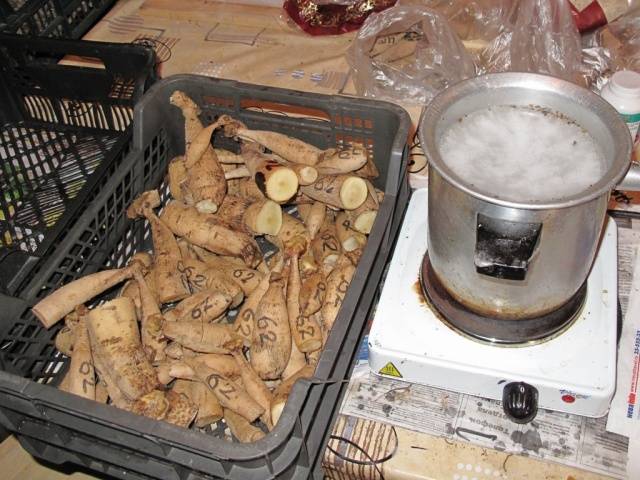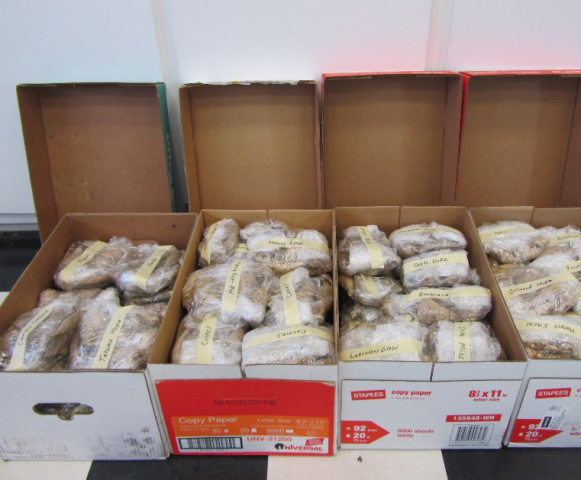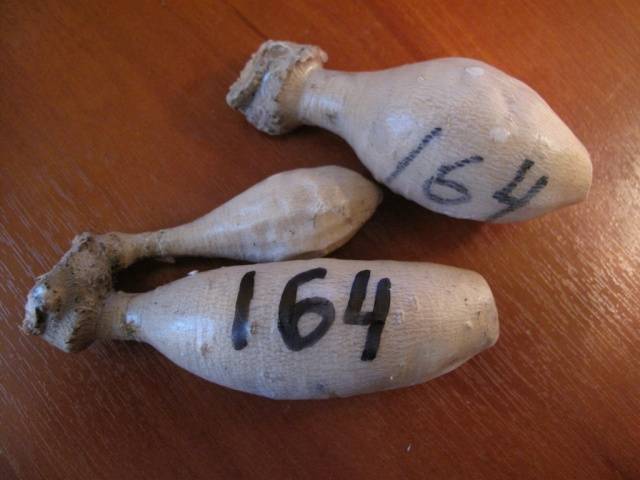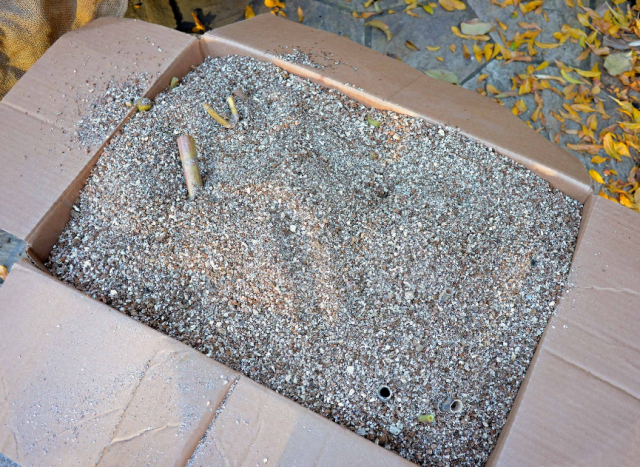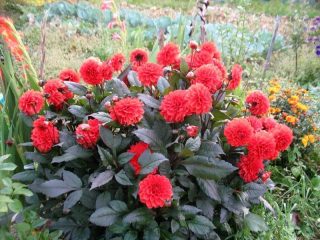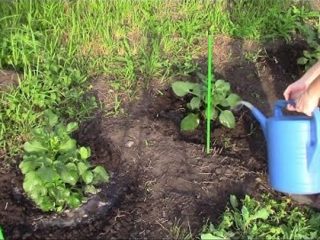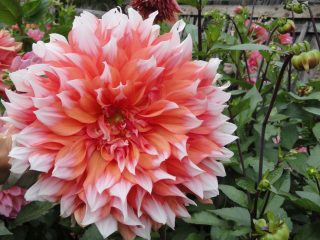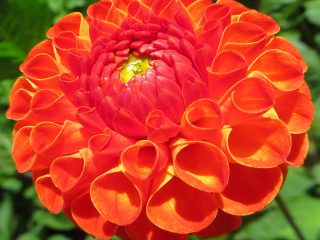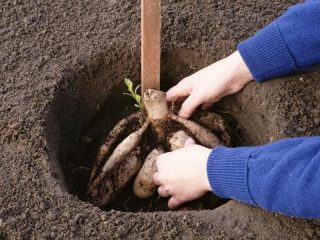Content
Dahlias look very beautiful in flower beds throughout the warm season. It is not surprising that many growers and gardeners grow them on their plots. However, the issue of storing dahlias in winter is especially relevant, since the rhizomes of these flowers do not survive the cold winter if they are left in the open field.
Conditions for storing dahlia tubers in the basement must meet some requirements. For example, it must maintain the same temperature and the basement must be dry. Otherwise, the planting material will die. In this article, you will learn how to store dahlias in the winter in the basement so that in the spring there is something to plant in the open ground.
Preparatory processes
Preparing rhizomes for winter begins before autumn frosts. It is very important to comply with this requirement, since neither the ground part, nor the rhizomes survive frost. Planting material that has managed to freeze is no longer suitable for storage, as it will simply rot. In order for dahlias to survive the first frosts, warm them before the onset of cold weather. This can be done by hilling bushes like potatoes.
All the necessary landmarks are the weather. As soon as the first frosts touch the green mass of dahlias, you need to start digging out the tubers. First of all, using a sharp knife, cut off the green mass, leaving 5-10 cm of the stem at the base of the earth. It will also be possible to attach a piece of paper with the name of the variety to them. After that, dig in the tubers, carefully remove them from the ground. Rinse and disinfect in a solution of potassium permanganate. The tubers need to be dried, after which they will be ready for winter storage.
Storage conditions
Whether you will store dahlia rhizomes in a cellar or elsewhere, it is important to comply with the storage conditions:
- The room should be cool with good air circulation. The temperature in it should not exceed 5 ℃.
- The optimum humidity level is 60%.
- The presence of forced or natural ventilation.
Requirements for basements
Many growers and gardeners store dahlia tubers in basements in winter. And this is really justified, however, these premises must meet certain requirements. Basements are suitable for storing dahlias, the temperature in which varies within + 1 + 5 ℃. The humidity level should be between 60-80%. Such conditions will not overdry the tubers and will not lead to their premature germination.
Another suitable option for storing dahlia tubers can be a dry and cool basement, the temperature in which can reach between +1 and + 10 ℃. Although in such conditions it will be a little more difficult to preserve the tubers. If the air humidity is 50%, then you need to take care of additional moistening of the rhizomes.
Basic storage principles
The secret of how to preserve dahlias in winter is to provide them with proper storage conditions, which are similar to the principles of storing vegetables. The main task is to protect the rhizomes from rot, freezing, overdrying or premature germination. In addition, the tubers need to be protected from rodents.
As a rule, they are placed in specially prepared boxes or laid out on dry shelves covered with paper or cardboard. A simple wood flooring will also work. If you do not have such a large basement, then the tubers need to be divided and folded in several rows, which are sprinkled with sand or sawdust. If the tubers will be stored in boxes, then each of them must be individually wrapped in soft paper or polyethylene / plastic wrap.
Planting material should be checked every 20-30 days. If some tubers have rotted, then they must be thrown away so that they do not infect healthy specimens. If the rhizome is not severely damaged, then the rotten part must be removed, and the cut site must be disinfected with potassium permanganate, brilliant green or a special fungicide. The rhizome that has been saved from decay must be set aside separately from healthy ones. And completely change the sawdust or sand in the remaining tubers.
Ventilation plays a significant role in how to properly store dahlias. The air in the room should be fresh, not musty. Because in the absence of ventilation, diseases and viruses will spread faster and the likelihood of spoilage of the planting material will significantly increase.
If you notice that the rhizomes have become lethargic due to lack of moisture, then they should be moistened. A spray bottle filled with water will help you with this. But here it is important not to overdo it, otherwise the tubers will rot from high humidity.
If dahlias began to germinate prematurely in a warm cellar, then they can be taken out of the cellar and laid out in a bright place. Another option is to plant in containers with a substrate. The fact is that in a dark place the sprouts will stretch, so their further storage in the cellar becomes impossible.
If the rhizomes were gnawed by mice, then the damaged specimens must be selected, and the whole ones must be covered more carefully. We'll have to bring out the rodents.
Methods for storing dahlia in the cellar
There are several possible ways to store planting material in the cellar:
- In polyethylene.
- In sand.
- In paraffin.
- In a clay shell.
- In perlite or vermiculite.
How to store the rhizomes of dahlias in sand or sawdust has already been discussed in the article. The rest of the storage methods will be described below.
Wrapping tubers with polyethylene
If there are no temperature fluctuations in your cellar, due to which a constant microclimate is maintained, then you can wrap each tuber with polyethylene before folding them into boxes. To do this, you will need plastic cling film, which can be purchased at every hardware store.
Carefully wrap the disinfected and dried tubers in foil, each separately. The wrapped rhizomes do not dry out. They are also less prone to rotting, since they do not come into contact with each other.
By maintaining a stable temperature, even small roots will remain in the polyethylene. If you grow several varieties of dahlias, then sign them so that it will be easier for you to form flower beds in the spring.
Dipping in clay
Clay shell tubers are well stored in dry cellars. Such a shell will protect the rhizomes from drying out and damage by rodents. After washing, disinfecting and drying the rhizomes, you can start immersing them in fatty clay dissolved in water. The consistency of the clay should be like sour cream.
Soak each tuber in the clay for a few seconds, remove and set aside to dry. A fungicide can be added to the clay solution. After the clay has dried, the tubers can be collected in containers and stored in the basement. In the spring, the shell will need to be carefully removed: soaked or broken.
Waxing tubers
Experienced growers prefer to wax the tubers.To do this, they melt the paraffin wax, dip the cleaned, disinfected and dried tubers into it for a few seconds and pull it out. Under the influence of oxygen, paraffin cools down almost instantly. Such a shell most qualitatively protects the rhizomes from damage, rodents, premature germination and pathogenic bacteria, viruses and fungi.
Paraffin wax can be purchased in the store as candles. It needs to be heated in a water bath to 60 ℃. After the first layer of paraffin has dried, you need to wet the tuber again so that the paraffin shell is denser.
After that, the tubers are sprinkled with sawdust or folded into plastic bags and sent to the basement. In the spring, when dahlias need to be planted, you will have to remove the crust from the tubers, rubbing it until cracking.
Vermiculite or perlite
Pour vermiculite or perlite into the bag before putting the tubers into the bag. In this case, there must be an air flow in the bag, so small holes should be made in it. In such a shell, the rhizomes will remain until spring even at the balcony doors, not to mention the basement.
Conclusion
If you follow the recommendations outlined in the article, then save the maximum amount of planting material until spring. Whichever method of storing tubers in the basement you choose, store the rhizomes with a margin so that in case of damage you have a sufficient amount of planting material. We suggest you watch a video on how to wax dahlia tubers:

